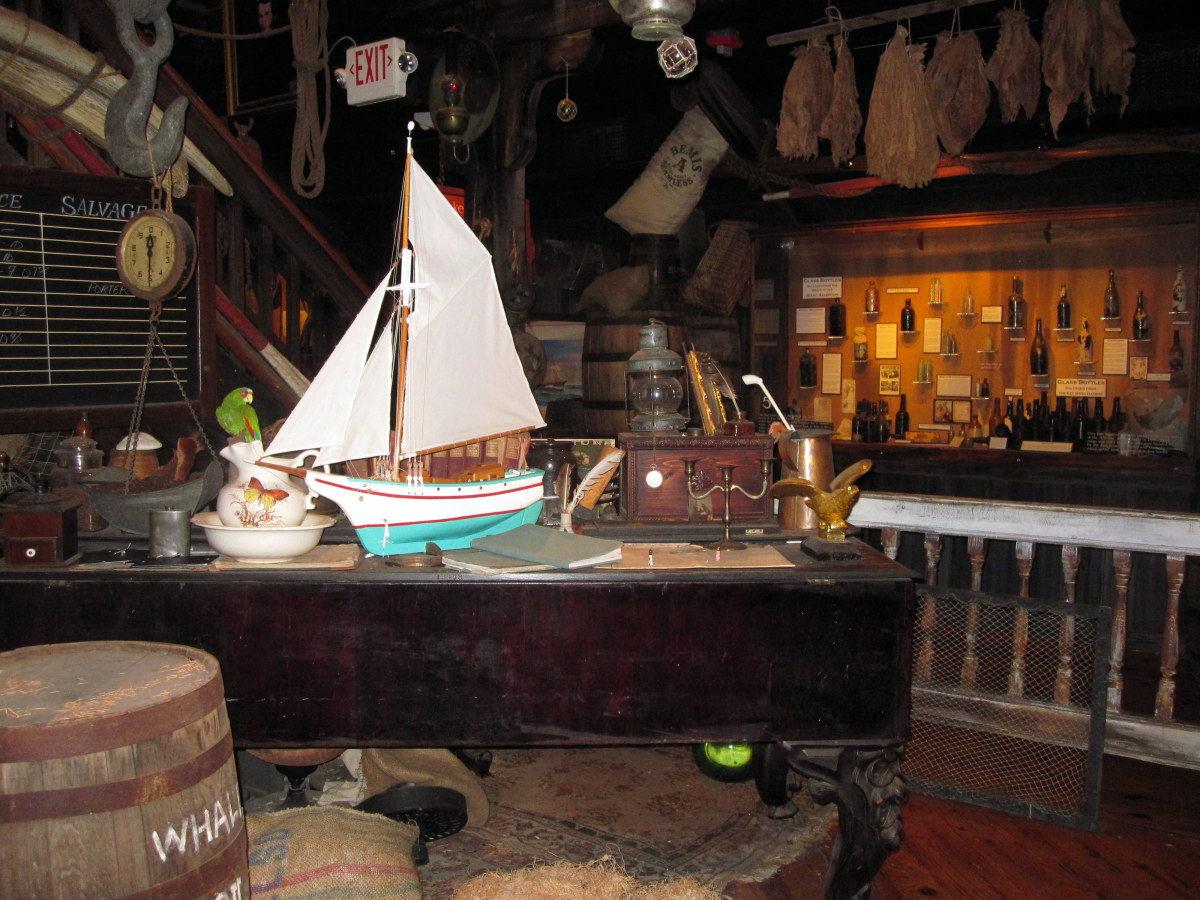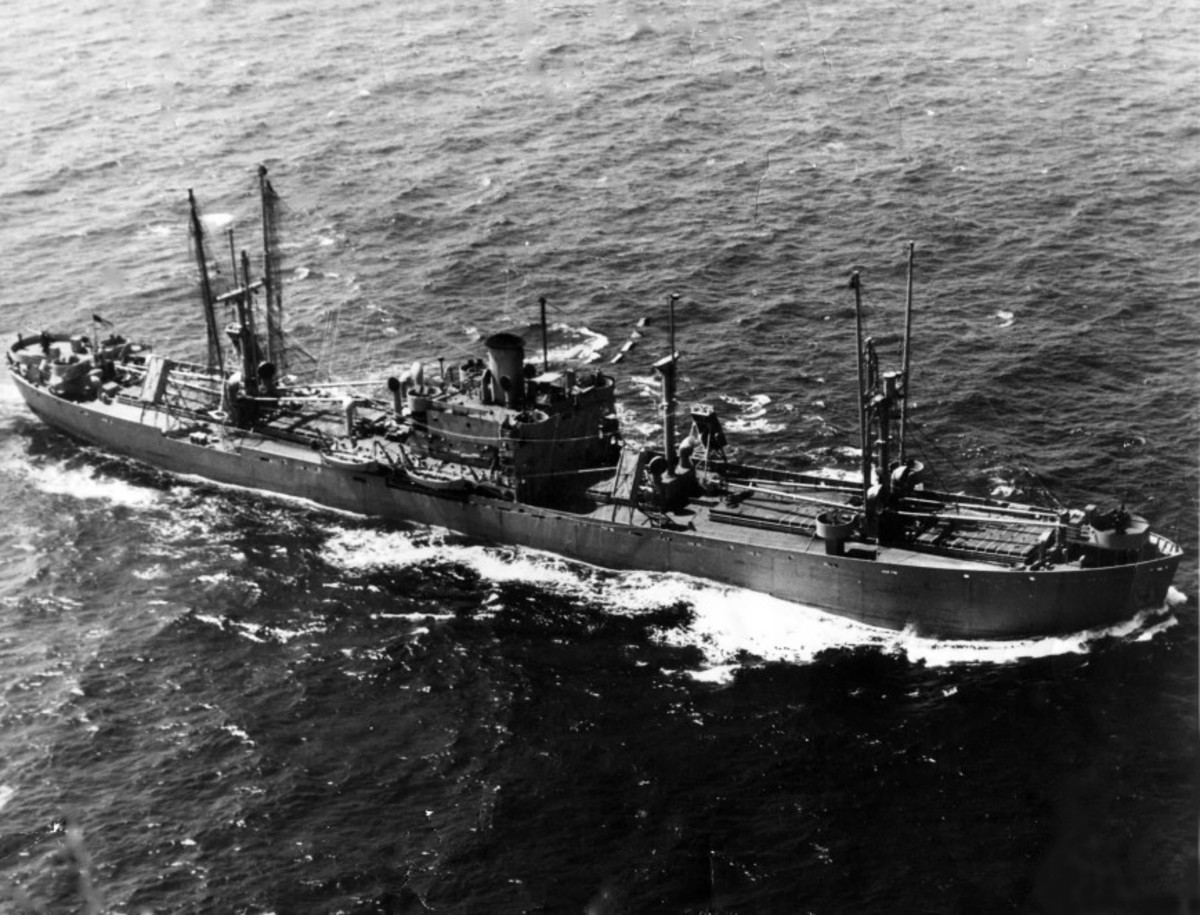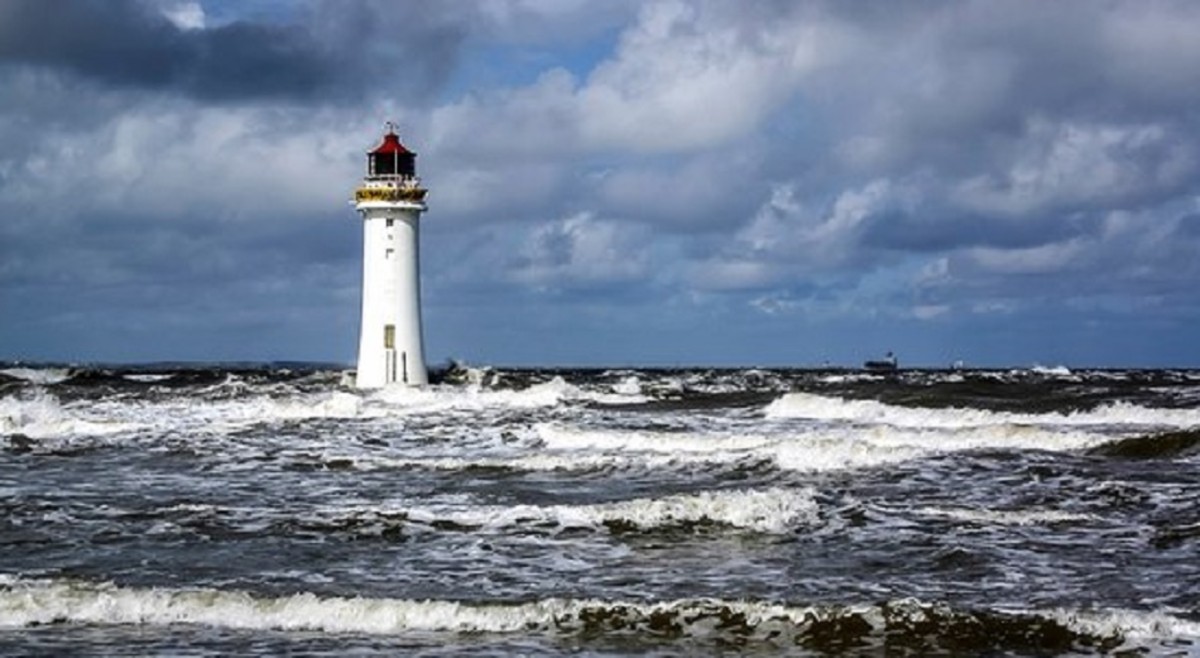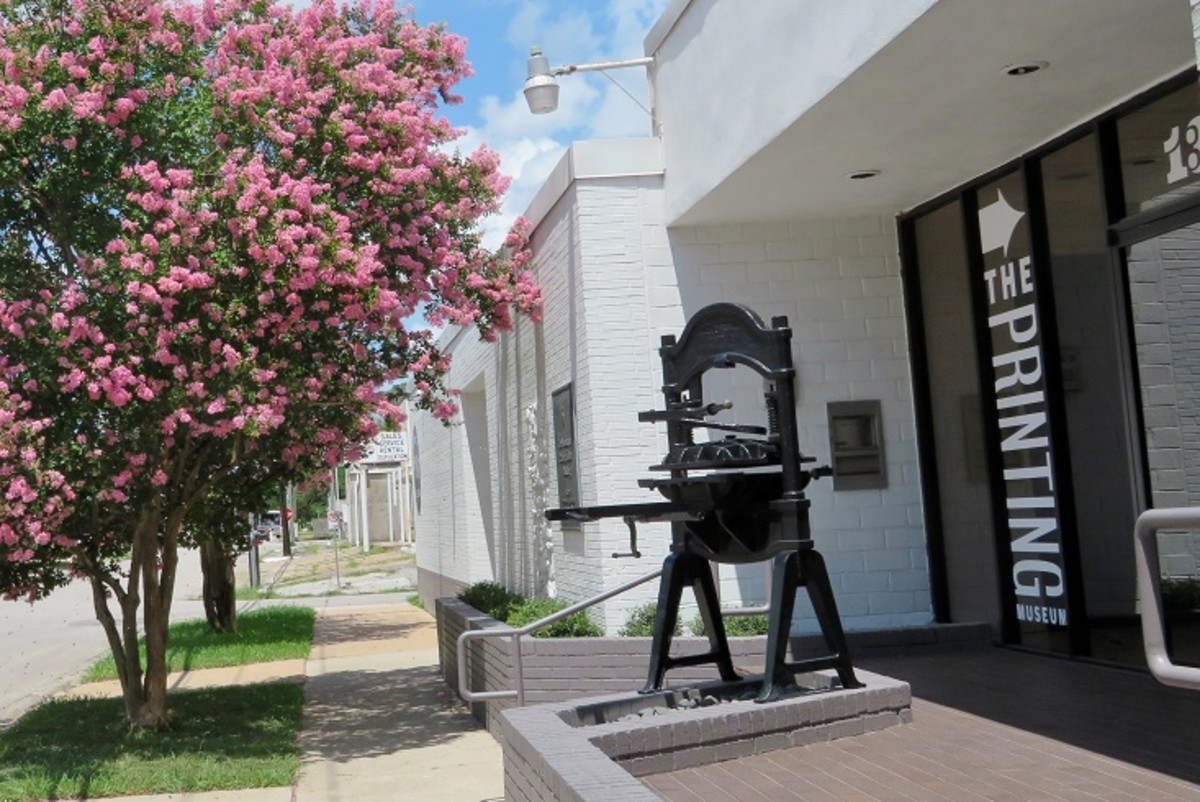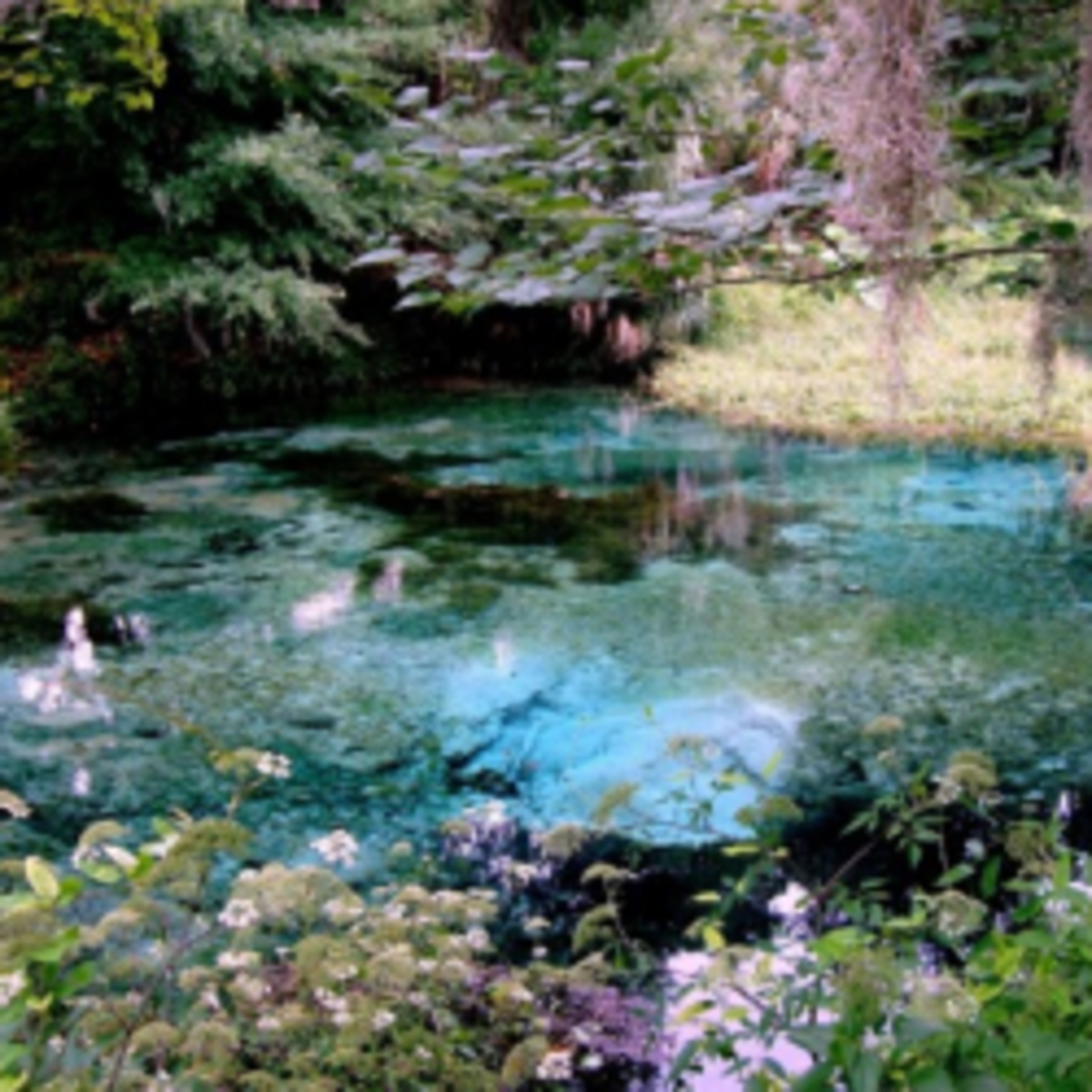- HubPages»
- Travel and Places»
- Visiting North America»
- United States»
- Florida
Mel Fisher Maritime Museum in Key West, FL
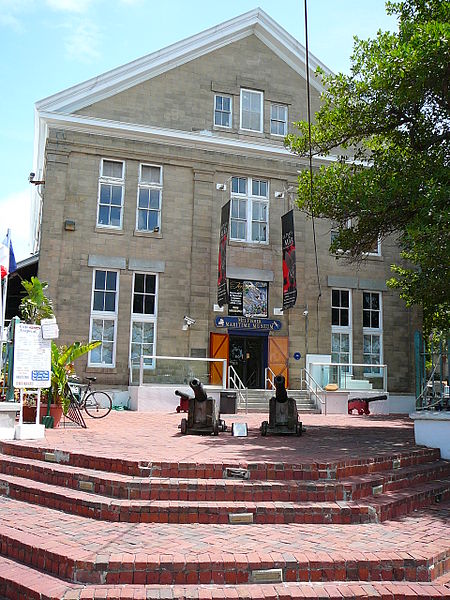
Nuestra Señora de Atocha
On September 4, 1622, Nuestra Señora de Atocha, a Spanish galleon (warship) began its journey from the New World to Cadiz, Spain. The Atocha was the Almirante (rear guard) in a 28-ship convoy which left Havana, Cuba well into the hurricane season.
Shipwreck
Winds became strong on the evening of September 4th and increased in intensity throughout the night. The Atocha and the four ships immediately in front of her in the single-file convoy— Nuestra Señora del Rosario, Santa Margarita, and two smaller ships— received the full impact of the hurricane. The ships’ sails were torn and their masts were broken. Helpless, the five ships drifted toward the coral reefs near the Dry Tortugas, a small group of islands west of Key West, Florida. All five ships were destroyed.
Most Expensive Cargo Ever Assembled
Nuestra Señora de Atocha is said to have carried the most expensive cargo ever assembled—silver bullion, newly-minted silver coins, silverware, gold bars, copper ingots, emeralds, pearls, and jewelry owned by the wealthy passengers.
Attempts to salvage the cargo of Nuestra Señora de Atocha began immediately after the disaster in 1622 and have continued to the present day. This article describes the Atocha salvage efforts, in particular those of treasure hunter Mel Fisher and his associates. Many of the items salvaged by Fisher's team can be seen in the Mel Fisher Maritime Museum located in downtown Key West, Florida (FL).
The museum is not the easiest place in the United States to which to drive, but I highly recommend you do so should you be in Florida and have time to spare. I'm so glad I visited the museum and saw the treasures salvaged from Nuestra Señora de Atocha and Santa Margarita.
Mel Fisher Maritime Museum
200 Greene Street
(corner of Whitehead Street)
Key West, FL 33040
305-296-6533
Mon to Fri ... 8:30 am to 5:00 pm
Sat and Sun ... 9:30 am to 5:00 pm
Adults: $12.50
Students: $10.50
Children: $6.25
Would you visit this museum?
Havana, Dry Tortugas, and Key West
17th Century Salvage Operations
After Nuestra Señora de Atocha and the four other ships were destroyed in the September 1622 hurricane, the remaining 23 ships in the convoy returned to Havana, Cuba to report to Spanish authorities what had happened. Five ships were immediately sent to the area between the Dry Tortugas and Key West to begin salvage operations.
Nuestra Señora de Atocha was found in 55 feet of water, with one of her masts visible. Fifty-five feet isn’t very deep by today’s standards, but in 1622 all that divers could do was hold their breath, dive down, and hope they saw some bits of treasure caught on the coral. The divers marked the location of the Atocha and searched for the other four ships.
Nuestra Señora del Rosario was found in shallow water. Most of her cargo, not nearly as valuable as that of Nuestra Señora de Atocha, was salvaged.
October 5, 1622 Hurricane
The five salvage ships returned to Havana in order to obtain equipment which would enable them to salvage the cargo of the Atocha. A second hurricane roared through the area on October 5, 1622 while the crews were in Havana gathering supplies and equipment. This second hurricane caused Nuestra Señora de Atocha to break into more pieces.
When the five ships returned to the shipwreck area, the Atocha could not be located. The Spaniards and their Indian slaves spent 10 years searching for Nuestra Señora de Atocha. They were unsuccessful in locating any traces of the ship.
The Santa Margarita was discovered in 1626. The ship was in water shallow enough for breath-holding divers to operate. The divers were able to salvage most of the cargo of the Santa Margarita during the next few years.
Thirty Years War
Salvage activities by Spain ceased in 1632. Spain could no longer afford to send ships to the Dry Tortugas to search for Nuestra Señora de Atocha and her valuable cargo. Most of Europe was involved in the Thirty Years War (1618-1648). Spain was forced to sell several of her galleons (warships) in order to obtain the funds to finance the country's role in the war.
Private salvage companies continued to look for Nuestra Señora de Atocha for another 50 years. They ended their search in 1682. The ship could not be found. It was thought to be lost forever.
20th Century Salvage Operations: Jacques-Ives Cousteau
Jacques-Ives Cousteau (1910-1997), a lieutenant in the French navy, developed equipment in 1942 which greatly advanced the capabilities of shipwreck salvage operations. Cousteau developed SCUBA equipment—self-contained underwater breathing apparatus—which enabled divers to remain underwater for longer periods of time than they would by just holding their breath.
In 1960, using SCUBA developed by Cousteau, the Real Eight Corporation discovered 10 Spanish treasure ships which were sunk due to a hurricane near Vero Beach, Florida in 1715. The salvaging of treasure from these ships, which is still occurring today, would not have been possible without Cousteau’s equipment.
20th Century Salvage Operations: Mel Fisher
Mel Fisher (1922-1998), a former chicken farmer from Indiana and owner of the first dive shop in California, was a member of the Real Eight Corporation’s salvage crew. The “shipwreck salvage bug” bit Fisher, and he became obsessed with finding the wreck of Nuestra Señora de Atocha.
In 1969, Mel Fisher formed his own treasure salvage company, Treasure Salvors. On July 20, 1985, 16½ years after beginning his quest, Fisher’s crew discovered the wreck of Nuestra Señora de Atocha in 55 feet of water, the depth noted in the 1622 Spanish records.
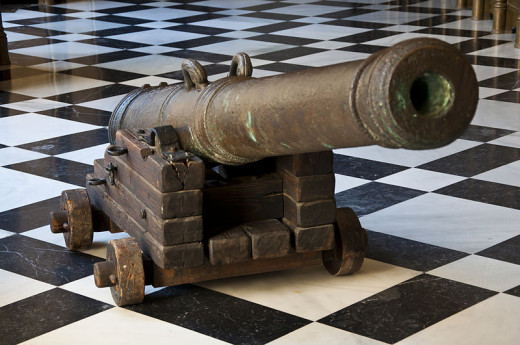
Mel Fisher's 16½-Year Quest
Mel Fisher and his crew first used equipment designed by Fisher which cleared sand away from the ocean floor. They then used magnetometers—detection devices more powerful than metal detectors, capable of locating very large objects—to search for Nuestra Señora de Atocha.
Fisher spent several years following the trail of debris from the Atocha which had been scattered along the ocean floor ever since the two 1622 hurricanes. The treasure hunters found bits and pieces of artifacts, but neither the Atocha nor any of the other four ships which had been lost at the same time.
Three silver bars were found in 1973, and five bronze cannons were found in 1975. The markings on the silver bars and cannons clearly identified them as having been on the Atocha.
A large section of the Santa Margarita’s wooden hull was discovered on May 12, 1980. By the end of 1980, most of the gold bars, silver coins, and jewelry listed on the Santa Margarita’s cargo manifest had been salvaged. Nuestra Señora de Atocha still could not be located.
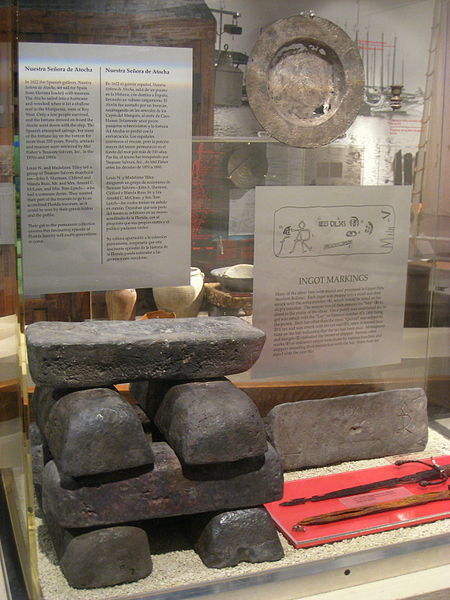
Nuestra Señora de Atocha is Located
Mel Fisher's son Kane and the crew of his salvage ship Dauntless discovered Nuestra Señora de Atocha on July 20, 1985—16-½ years after Fisher's team began their search. The numbers on the silver bars matched those on the Atocha's cargo mainfest—it was definitely the Atocha which Kane Fisher had located.
Conservation of the Atocha, Her Artifacts, and Her Cargo
The Atocha, her artifacts, and her cargo had lain in the ocean for more than 360 years, so conservation was of primary importance. A team of archaeologists and conservationists was immediately assembled. The items had been preserved in salt water for more than three and one-half centuries. Removing the objects and having the air hit them could cause much of what was found to crumble or be otherwise destroyed.
After a conservation process which took a number of years, many of the items recovered from Nuestra Señora de Atocha and Santa Margarita are on display in the Mel Fisher Maritime Museum in Key West, Florida. I was amazed when I saw the silver bars and silver coins and the exquisite gold chains and other pieces of jewelry. I find it difficult to believe that Fisher and his crew spent more than 16 years looking for a ship which had been destroyed in a hurricane in 1622—and they succeeded in finding it.
In addition to the precious metals and gems recovered by the Fisher team, the museum has on display many artifacts of 17th century sailing and shipboard life. One can see military weapons, navigational instruments, and objects from the ship’s galley.
A portion of the Atocha’s hull has been recovered. I wish I would have been able to see this, but it’s only available to researchers. The Atocha’s hull is currently located in a protected lagoon at Florida Keys Community College in Key West.
21st Century Salvage Operations: Mel Fisher's Team
Salvage operations are continuing to this day. In June 2011, an antique emerald ring—worth an estimated $500,000—two silver spoons, and other artifacts from Nuestra Señora de Atocha were found by the Fisher organization 35 miles from Key West. The rear of the ship, the part of the Atocha in which the captain’s cabin was located, has not been found. Rare emeralds from Columbia are said to be among the treasures which were locked in the captain’s cabin for safekeeping.
Diving for Atocha Treasure
It is possible for an experienced SCUBA diver to pay to go on expedition seeking treasure from Nuestra Señora de Atocha. The following video shows such a diving expedition.
Would you spend 16½ years searching for sunken treasure?


